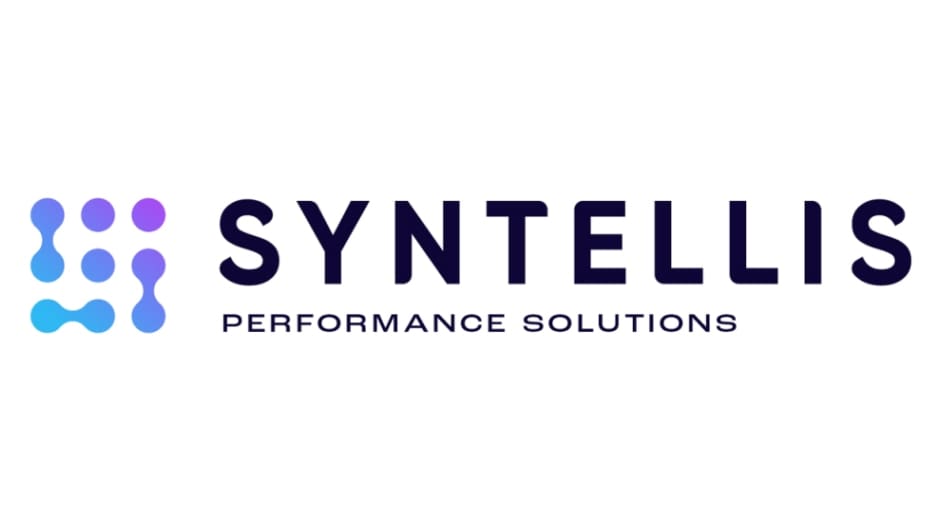
CHICAGO–(BUSINESS WIRE)–While higher education institutions continue to reel from unpredictable enrollment trends, the demographic cliff, decreased funding, increased costs and workforce shortages, finance leaders in the sector have largely transitioned from crisis management mode to planning for the future. Syntellis Performance Solutions’ 2022 CFO Outlook for Higher Education report, published today, reveals that while 72% of leaders in the sector foresee financial stability for their organizations over the next five years, a growing majority recognize that their current budgeting and financial planning solutions fail to provide the kind of agility that today’s environment demands.
“The situation in higher education steadied somewhat in 2021, but many challenges presented by the pandemic remain. Our CFO Outlook for Higher Education report identifies the pain points leaders need to address most urgently and offers insights on how to do so,” said Flint Brenton, CEO of Syntellis Performance Solutions. “One key takeaway is that many institutions continue to try to navigate difficult times using inadequate analytics and outdated financial planning tools, but we are seeing more awareness and willingness from higher ed financial leaders to address these gaps.”
Findings from the CFO Outlook for Higher Education were pulled from a survey of 130 U.S. higher education financial leaders. Key findings of the report include:
- Leaders are confident about the financial futures of their organizations. 72% of respondents agreed that their institutions would be financially stable over the next five years, up 10% from the previous year’s survey. This is slightly higher for public institutions (81%) than for private institutions (65%). Possible factors include the private sector’s lack of government funding, decreased enrollment, and increased competition from lower-cost colleges and universities coupled with a general devaluation of college degrees.
- The looming “demographic cliff” is a major enrollment concern. Fifty-one percent of respondents anticipate the “demographic cliff” — a projected decrease in potential first-time, full-time freshmen due to a significant drop in children born during and after the 2008 financial crisis — will have the greatest financial impact on their institutions over the next five to 10 years. Demographic cliff concern was highest at community colleges.
- Higher education is not immune to labor shortages, but labor planning technology adoption is lacking. A majority of colleges and universities feel the impacts of staffing and recruiting challenges, which are compounded by nationwide workforce shortages. Respondents identified labor planning as the top solutions gap at their institutions (34%), but only 13% said they plan to replace or acquire labor planning solutions within the next 18 months.
- Institutions are returning to pre-COVID budgeting processes. Overall, colleges and universities decreased the length of their budget cycles in 2021 compared to 2020, when the turbulence of the pandemic’s early months caused organizations to extend their budget cycles. More than half (57%) of survey respondents said their institutions have a budgeting cycle of three to six months, up from 50% in 2020 but in line with levels seen before the pandemic in 2019.
- Institutions will focus on improving data analytics in key profit-generating areas. Improving program and course-level profitability analytics was a top priority cited by 71% of respondents. The high level of focus in this area suggests institutions plan to adjust strategies to attract students as competition heats up. Other high priorities for improving data analytics were enrollment (67%), and tuition and financial aid (57%).
- Higher education is lagging in adopting modern tools to meet the moment. Despite a heavy reliance on technology to facilitate social distancing and other mitigation efforts during the pandemic, higher education has yet to accelerate the adoption of modern financial planning, data, and analytics tools and processes. Sixty-three percent of finance professionals surveyed believe that higher education is behind other industries when it comes to adopting modern budgeting and financial planning tools, up from 55% in 2020. Nearly a third (31%) feel their institutions lack the right budgeting and planning tools to respond quickly to changing conditions.
The 2022 CFO Outlook for Higher Education report features findings from the annual survey, including how finance professionals at 130 institutions view the current environment, the tools they rely on, and their future plans.
Click here to view and download the full 2022 CFO Outlook for Higher Education report.
About Syntellis Performance Solutions
Syntellis Performance Solutions provides innovative enterprise performance management software, data and analytics solutions for higher education institutions. Our powerful budgeting, financial planning, and analytics solutions help colleges and universities elevate financial performance and transform vision into reality. With leading institutions using our flexible, powerful, intuitive Axiom software to manage nearly $60 billion in revenue and $100 billion in endowments combined with top satisfaction rankings from BPM partners for the past 8 years, our proven industry expertise helps college and universities acquire insights, accelerate decisions and advance their business plans. For more information, please visit www.syntellis.com.
